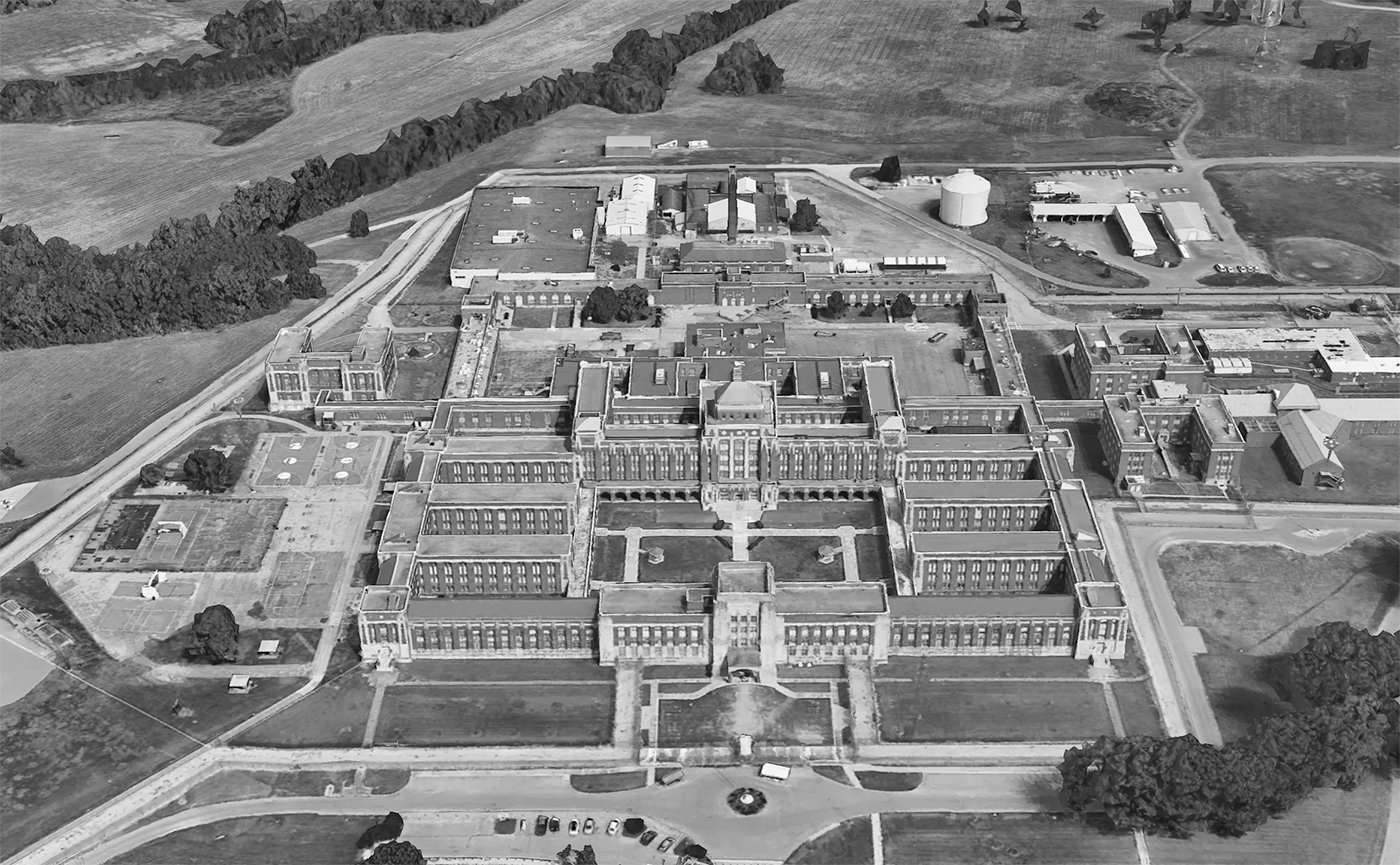By The American Bar Association, Standing Committee on Legal Aid and Indigent Defense and Moss Adams LLP
The Standing Committee on Legal Aid and Indigent Defense (SCLAID) has jurisdiction over matters related to the creation, maintenance, and enhancement of effective civil legal aid and criminal indigent defense delivery systems and services, including by: (a) advocating for meaningful access to the justice system for all; (b) supporting viable and effective plans to increase funding for legal aid and indigent defense delivery systems and services; and (c) developing standards and policy, disseminating best practices, and providing training and technical assistance.
The American Bar Association Standing Committee on Legal Aid and Indigent Defense (ABA SCLAID) and Moss Adams LLP (Moss Adams) conducted this study on behalf of the Law Offices of the Public Defender of the State of New Mexico (LOPD) to analyze public defense historical caseloads for the State of New Mexico, to calculate the average amount of time attorneys should spend on specific case types to meet the minimum standards for representation, and then to compare the two to determine whether a deficiency of resources exists. This study is referred to as the New Mexico Project. The New Mexico Project consisted of two main phases: (1) an analysis of the New Mexico public defense system’s historical staffing and caseloads; and (2) the application of the Delphi method. The Delphi method is an iterative process used in this study to identify how much time an attorney should spend, on average, in providing representation in certain types of criminal cases. In determining the amount of time an attorney should spend to meet the minimum standards for representation we are guided by the legal standard set out in Strickland v. Washington: “reasonably effective assistance of counsel pursuant to prevailing professional norms.”1 The prevailing professional norms, which anchor the Delphi process, are the Rules of Professional Conduct, the ABA Criminal Justice Standards, and the applicable national and local attorney performance standards. The Delphi method’s structured and reliable technique incorporates the input, feedback, and opinions of highly informed professionals to develop consensus on a specific question. The New Mexico Project consisted of three different Delphi panels: Adult Criminal, Juvenile and Appeals. Participants in each panel were selected based on their substantive expertise and experience in these areas. Participants included public defenders, contract attorneys, and private defense practitioners, and they were approved by independent Selection Panels. Each Delphi area was sub-divided into Case Types and Case Tasks, and further divided by Resolution (e.g. plea/otherwise resolve v. go to trial). For each Case Task in each Case Type, participants are surveyed about the amount of time the task takes and the frequency with which it occurs. The Delphi process in New Mexico consisted of two rounds of online surveys, taken independently. The second-round survey was completed only by those who participated in the first round and included a summary of the responses from the first round for second round participants to consider. A third survey was then conducted in a live group setting only by those who had completed the first and second survey rounds. These participants met over a series of days to review the results of the second survey and developed a professional consensus regarding the appropriate amount of time an attorney should spend on a series of case tasks for each case type2 to provide reasonably effective assistance of counsel pursuant to prevailing professional norms in the State of New Mexico. The result of the Delphi process is the consensus of the expert panel on the Frequency and Time needed to complete each Case Task in compliance with applicable standards, as well as Resolution – the percentage of cases that should plead/otherwise resolve v. go to trial. These consensus decisions are then used to calculate the Delphi result, the time needed for a public defense attorney to provide reasonably effective assistance of counsel to a client in an average case of this Case Type. Applying the Delphi results to historical caseloads, we can determine the total number of hours of public defense attorney time needed in the jurisdiction. Further, we can compare the hours of attorney time currently available in the jurisdiction’s public defense system to the hours needed to determine if the current system has a deficiency or excess of attorney time and the amount of that deficiency or excess.
Chicago: American Bar Association, 2022. 88p.




















